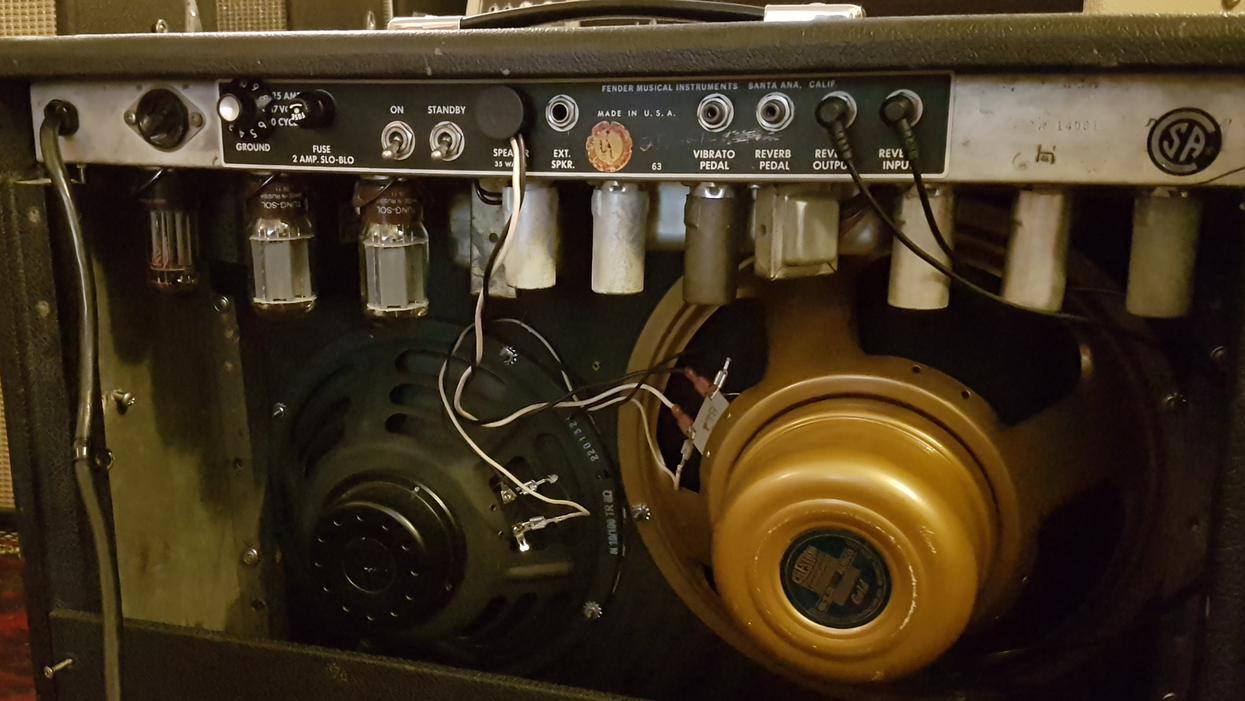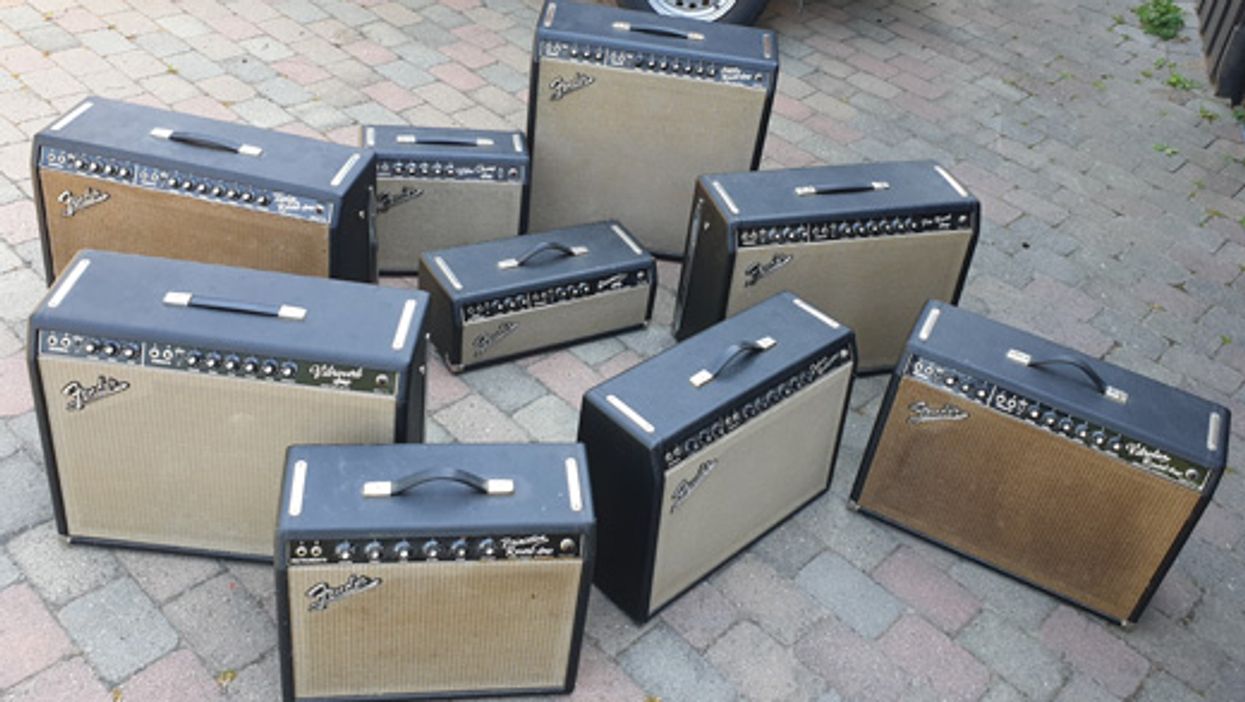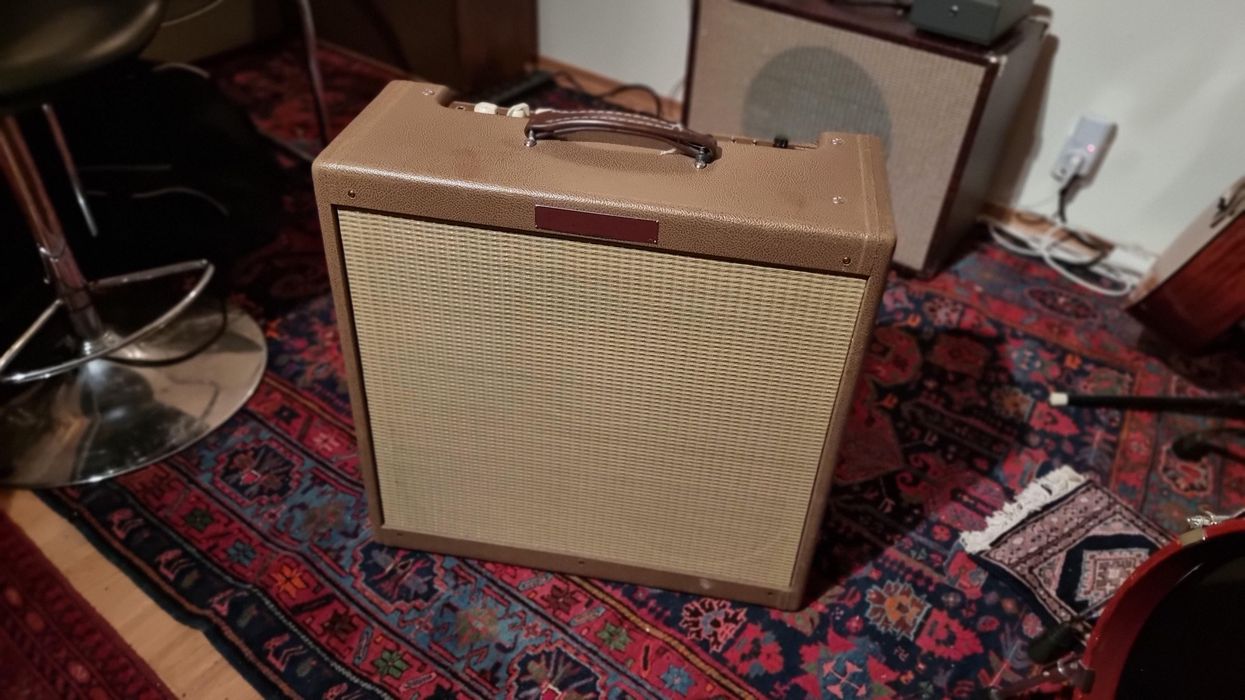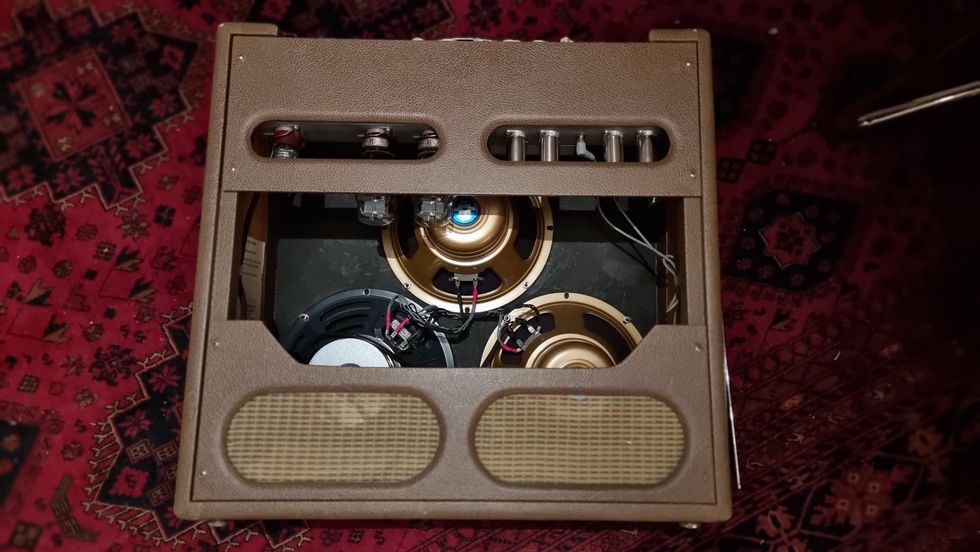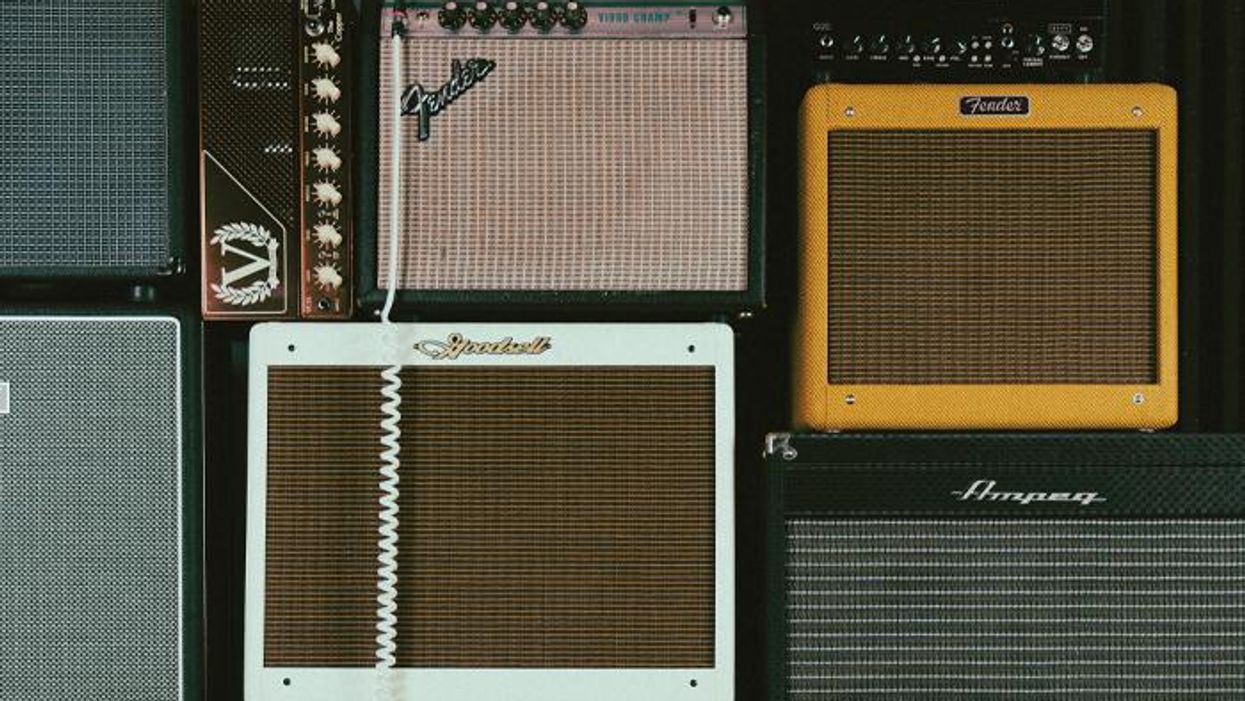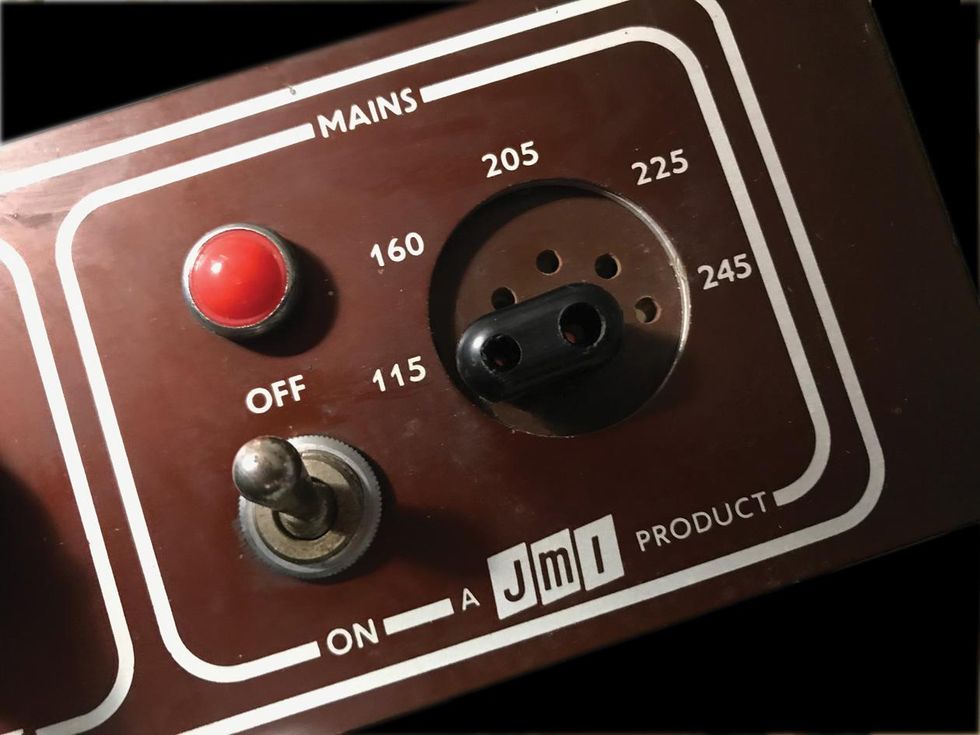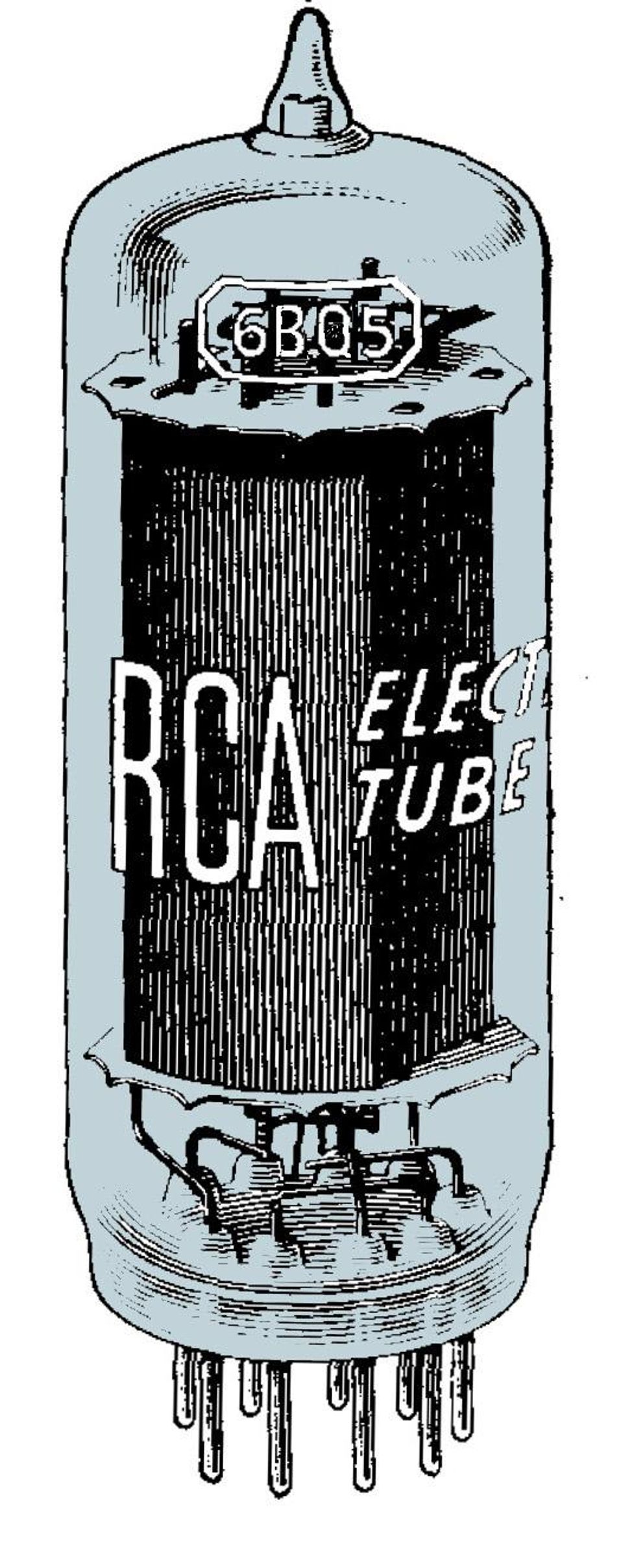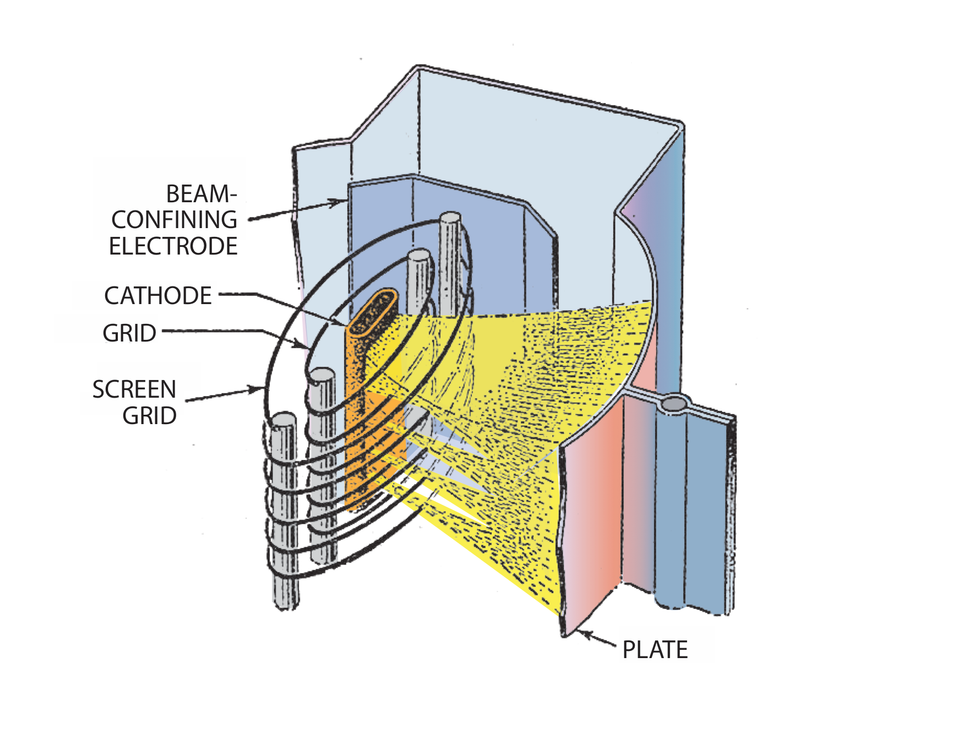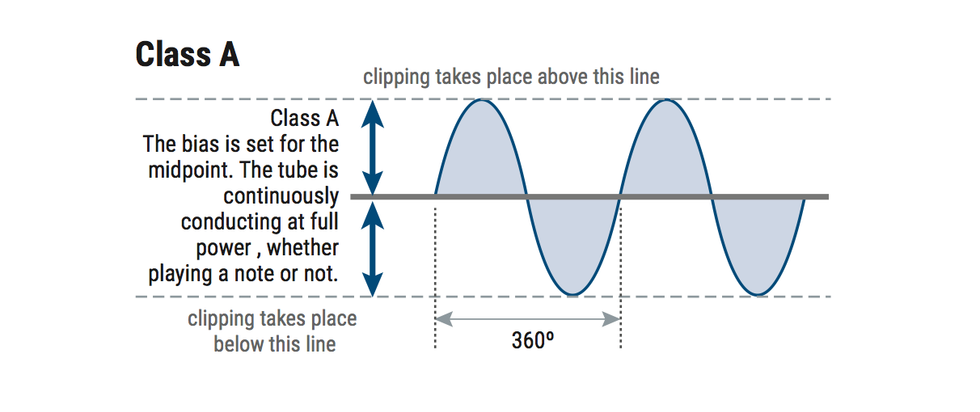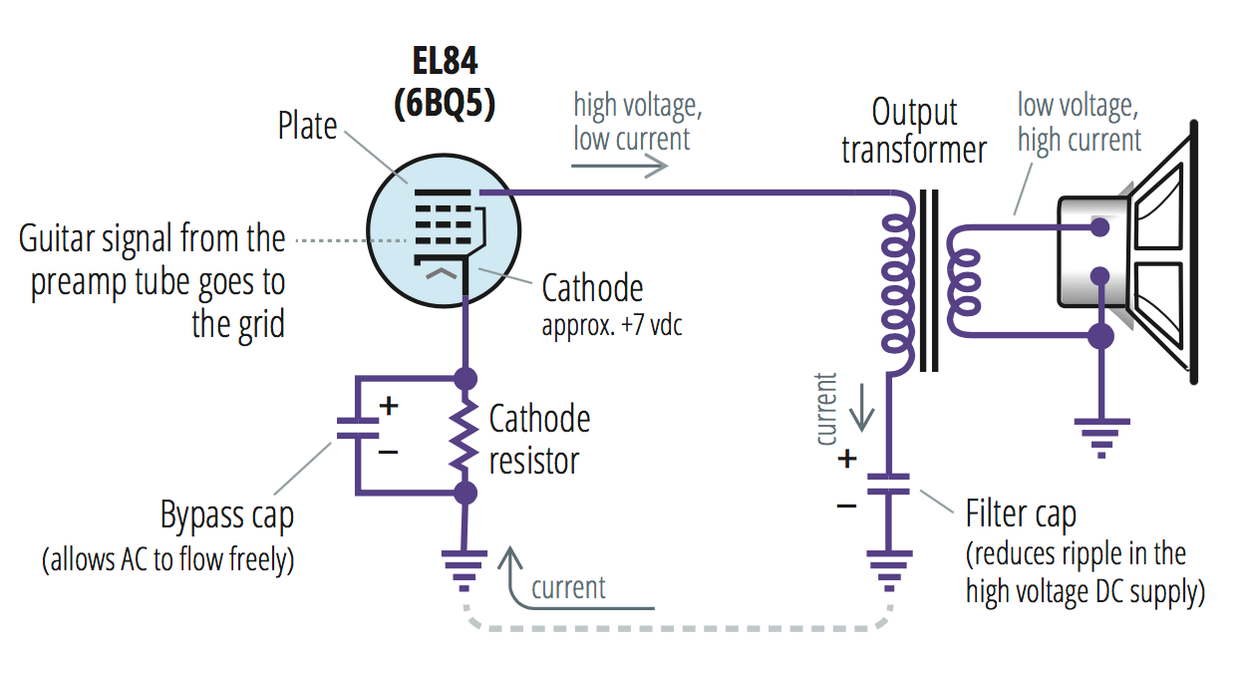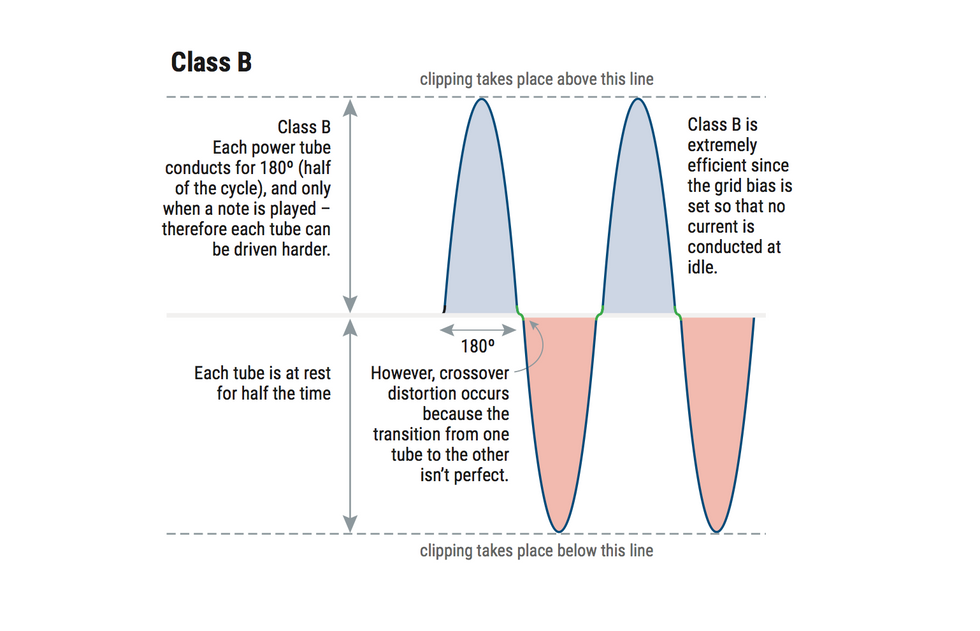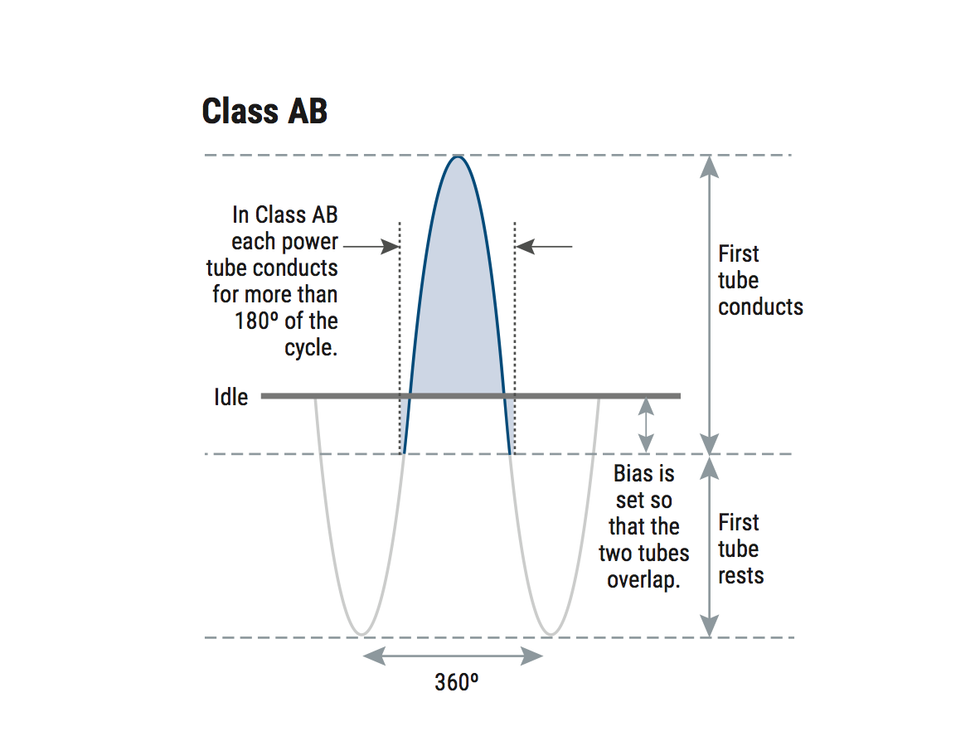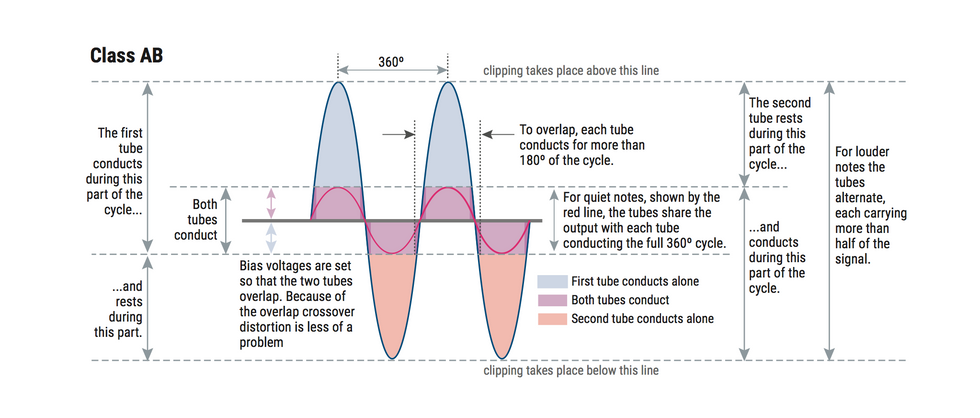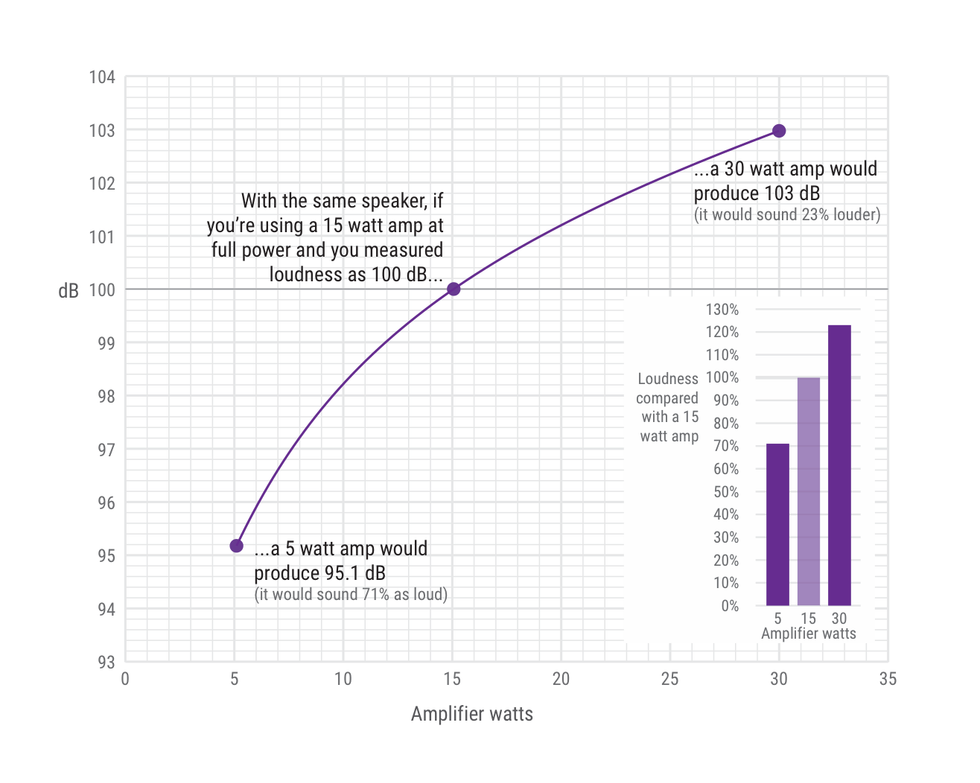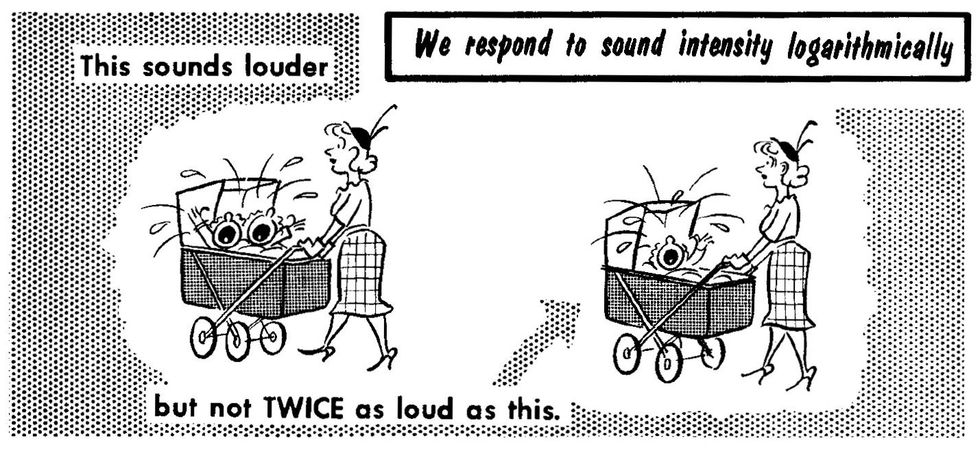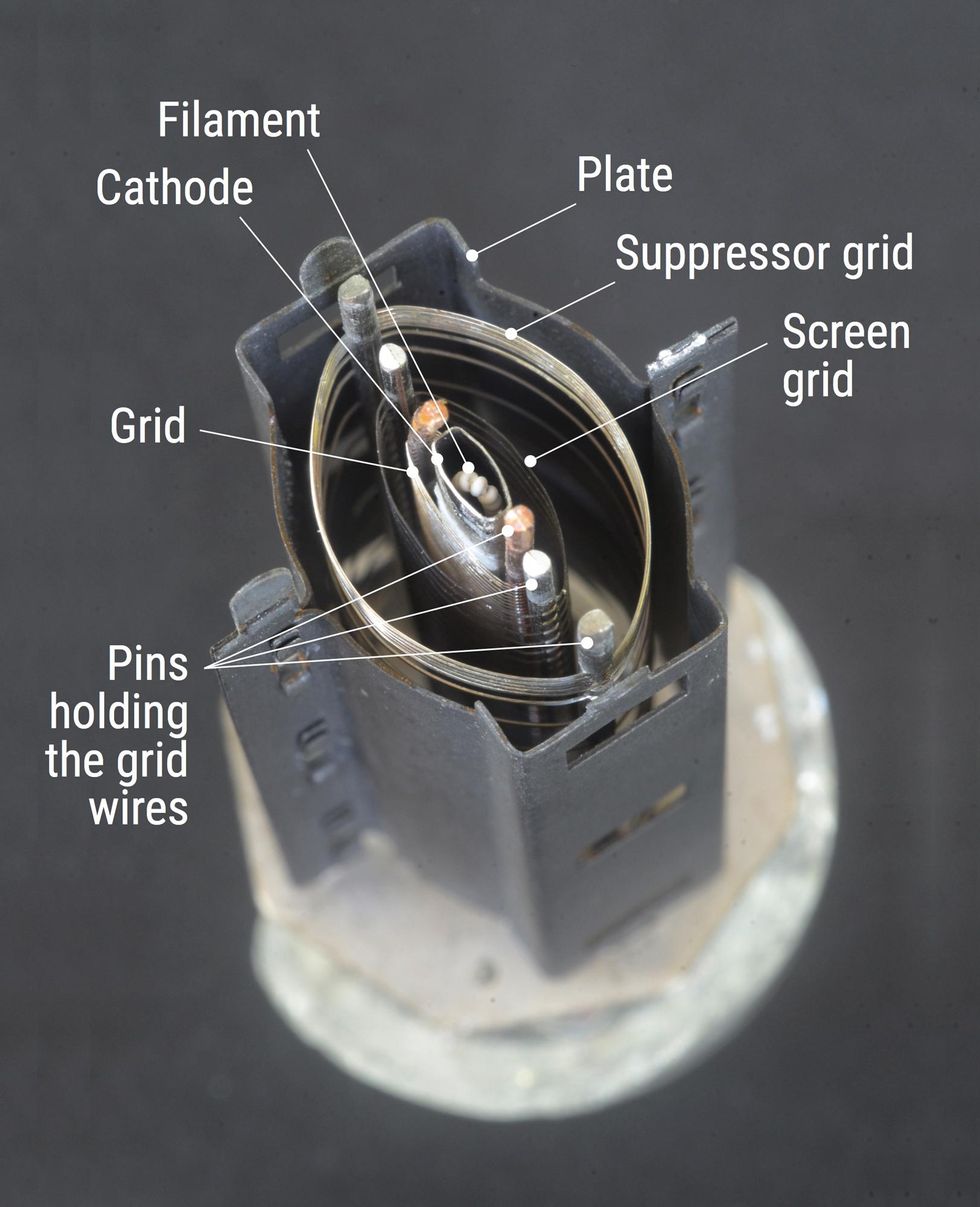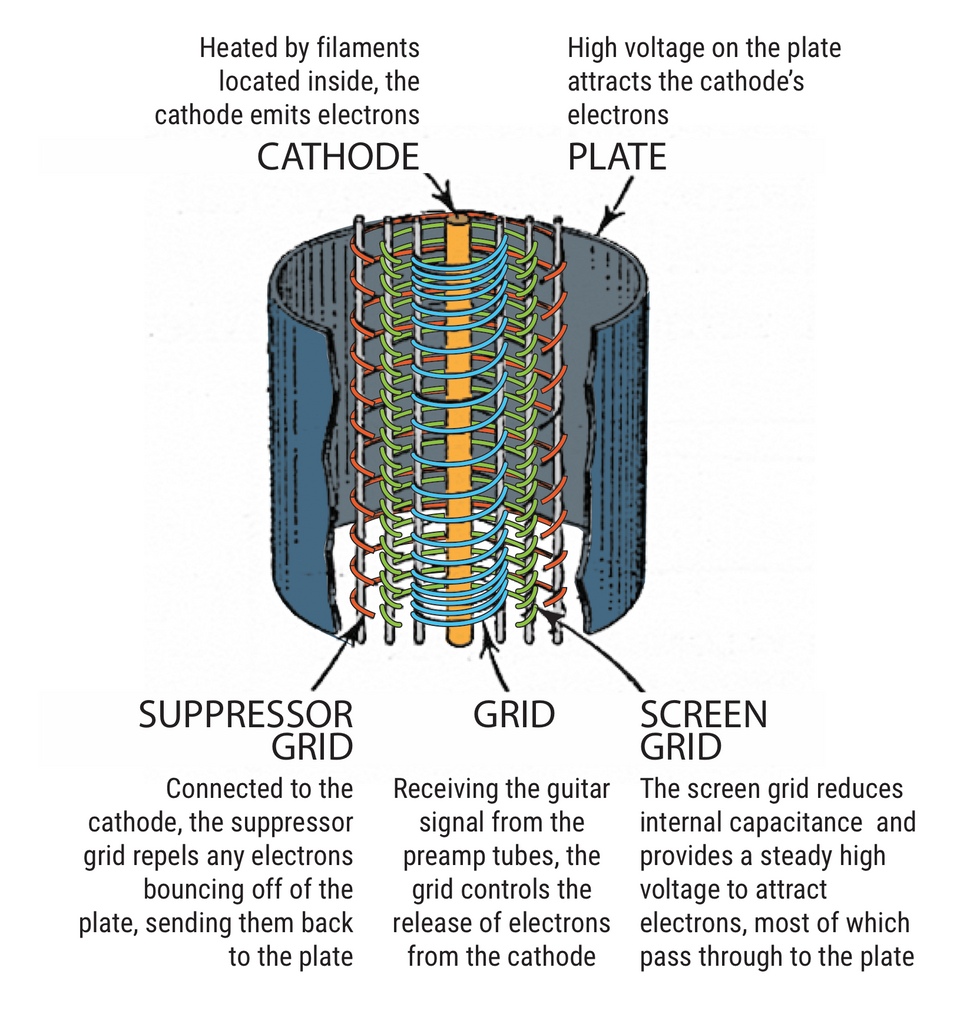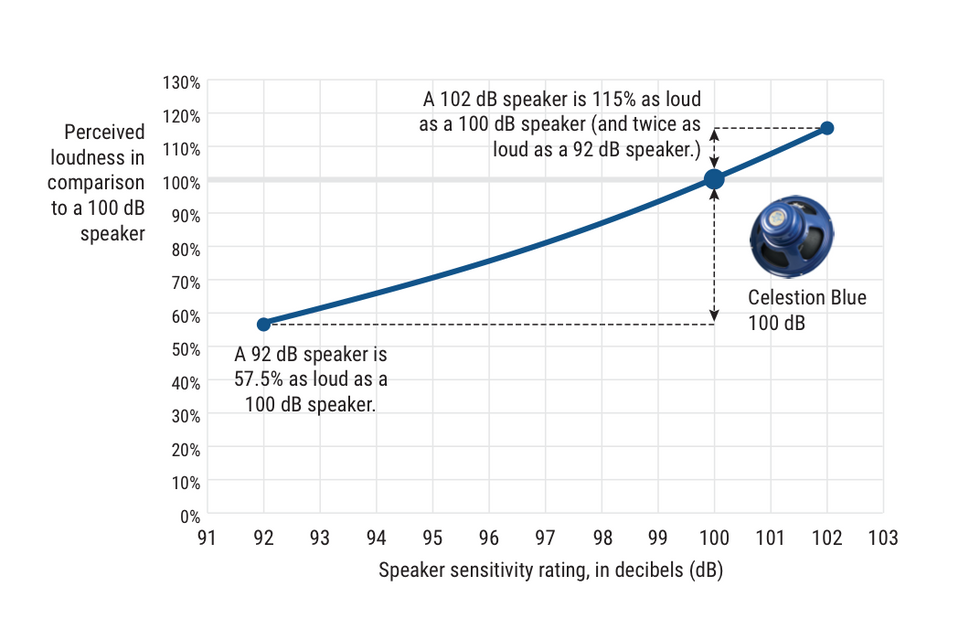I'll bet most of us have experienced this: You're en route to the grocery store on a pleasant Sunday morning, not a care in the world except getting home for breakfast in a timely manner … and then it happens. You see someone staking a garage sale sign at the corner. Your mind begins racing as you do the math. The person with the sign looks old enough to have cool stuff and I'm the first to see this sign. Will it be me who finds the mint '59 Bassman and Les Paul that must certainly be waiting there?
Cutting the wheel, you skid around the corner and up to the address. Rrrrrrrr! Out of the car! Walking quickly, but not so quickly as to arouse suspicion, you frantically scan the dark recesses for anything that resembles a musical instrument. Then, eureka! You push your way past the Hungry Hippos game and Tijuana Brass albums to your prize: a filthy and very tired-looking silverface Fender Champ. Now, shaking with excitement, you try to contain yourself as you go to pay for your purchase. After deft and masterful negotiations that get the seller down from $200 to $195.50, you race home to check out your treasure. In the door and past your starving family (dang—I knew I forgot something) and into the basement you go. Bwa-hahaha.
You look the amp over, trying to see the gem under the filth, dried paint splotches, and obvious years of neglect. After some time spent with a damp cloth and shop vac, you're ready to get down to it. Everything looks to be intact. Perhaps, if this wasn't a Sunday morning, you'd have your amp tech slowly apply voltage to make sure there were no unforeseen problems before full voltage is unleashed into the circuit, and thus avoid any costly issues. But in your enthusiasm, you feel it's worth the risk. Amp goes on. Still good. Guitar in hand, first note and … pttthhhllsdfy comes out of the speaker. What? Gulp. Okay. This can wait until tomorrow.
Before we discuss how to decide whether an amplifier with an unknown history is worth rescuing, let's first define “worth" as “value" in this situation. The value of musical instruments may have different meanings to different people, and this often depends on the context. Example: I once had someone send me an old and completely beat-up Barcus Berry 1510 solid-state amp from the '70s. It was DOA. Usually an inexpensive item like this would not be taken into my shop, as the repair cost would be too high and finding another one in working condition would make more economic sense. That said, I took it in since the fellow shipping it to me was a very good customer and I owed him one. I spent a couple of hours on it, and the best I could get out of it was low output and very distorted sound. I called off the repair, since I'd need to spend additional time to get the amp back to like-new sound. It simply wasn't worth it.
Here's where the “value" part comes in. If this amp had been salvaged within those couple of hours, he'd have paid $250 or so for my time (which I didn't charge for) and already be upside-down in street value if he decided to flip it. However, I mentioned it had a very distorted sound. This just happened to be one of the most incredible overdriven tones I've heard—the sound of an amp just about to explode. I ended up giving it to a client who found it to be just what he'd been looking for, for years. To him, it had tremendous value and he continues to record with it regularly.
So the moral is: Value really depends on your application. A busy studio may have dozens of amplifiers on hand that clientele can choose from. All with a specific purpose. Order of importance for them may be, first, having a unique vibe and sound for specific projects, and, second, reliability. If a vintage amp has the sound they're looking for and still has the original filter caps that are well beyond their service life, it may be acceptable to leave them in to keep the sound as is. Likewise with the tubes and speakers. The speaker may even be tattered and have a few pinholes. But it's got a sound the studio likes, so it's fine.
You can still find these Music Man 112 RD amps at a good price. They are solidly designed, reliable, and real workhorses. This one received a thorough check and clean, and a new power cord. Repair cost: $165.
The gigging pro may have a different agenda. He or she would likely want reliability to be first on the list. If an amp doesn't continue to function through a set or is hard to repair on the road, it's a real problem. Even if there's a backup handy, you don't want to go silent at exactly the wrong moment. Not to mention valuable time spent trying to find a qualified repair shop in the small town you're heading to for the next gig. If you have a complex amp with channel switching and effects loops, this is doubly true. I've received plenty of panicky calls from the road asking if I know of a repair shop in the middle of nowhere. Not only is this inconvenient, but having this kind of doubt or concern on your mind can affect your performance.
Now, let's get back to that silverface Champ from the garage sale. If an amp's history and origins are unknown, I tell folks a good rule of thumb is to budget between $150 to $300 to get a simple amp like this into solid working shape. Of course, the price can also be $0 if it's just fine or you're the handy type. And it can go up if the amp has been flooded and its transformers need to be replaced. Replacing components of this nature can also bring the value down, if it's a collectable piece. These are all possibilities to take into consideration before making a purchase.
How can you make an informed decision before buying? Educate yourself! In this day and age, all it takes is a few clicks with the smartphone you likely have in your pocket right now. Sites like eBay or Reverb are fantastic for seeing what the model you're looking at is going for, even in various conditions. After that you'll need to have some basic knowledge of what can be problematic and what should be replaced in vintage amps for safety sake. We'll get to that in a moment.
A check and clean, a cap job, and a new power tube got this nice little Gibson GA5 back in shape. Repair cost: $230.
At this point, I should mention that if an amplifier appears to be in such a state that it probably shouldn't be plugged into the wall and turned on … then don't. Especially if the amp has been stored in a damp location or has any obvious water damage. I've had many older amps come in for restoration where the insulation has rotted off the wires. This is a serious fire and shock hazard. If this is the case and the amp's value or rarity merits the repair cost, then take it to a qualified technician before firing it up. I'll also mention that many vintage amps don't have polarized plugs or a three-prong plug with ground. Old two-prong cords should be replaced and made safe as soon as possible.
Also, before trying an old “found" amp, you should check the fuse to confirm it's the correct value. It's not uncommon to see significantly larger fuses used when a previous owner incorrectly thinks that the fuse value is at fault for his amp shutting off. Ridiculous as this sounds, it happens.
Okay, with that out of the way, let's take a look at some of the more common issues and some basic, possible causes. And by the way, if an amp makes horrible sounds, smokes, sparks, etc., immediately turn it off and unplug it from the wall!
Watch John Bohlinger test out some holy-grail Bassmans.
This stunning Supro-badged amp made by Valco was a tremendous find. In my book, nothing beats the sound of a field-coil speaker. The amp was purchased for just a couple hundred dollars. Repairs included a replacement set of power tubes, filter caps, a check and clean, and a speaker re-cone. Repair cost: $475.
If an amp is plugged in, but doesn't appear to turn on with the power switch:
1. Check the fuse after unplugging the amp from the wall. Assuming that you checked the fuse before you turned it on and found it to be good and of the correct value, if it is blown, there's probably a good reason. Seek a tech's advice.
2. Make sure it's not just the pilot light that is dead. Are the tubes lit at all? Is there a hiss coming from the speaker? (To check some amps, the “standby" will also need to be in play mode.)
3. The power switch may be defective. Give it a flick on/off a few times. If it feels funky, clean or replace it.
4. Does the power cord seem okay?
If an amp is turning on but making no sound, the problem could be quite a few things, but here are a few basics to check:
1. Is the speaker plugged in and does it seem to be in one piece? If you have another cabinet available, give it a shot.
2. Look for a bad tube or tubes. If you have replacement tubes available, try swapping them out. If the amp has a tube rectifier, as most Fenders do, try this one first. If the rectifier tube is bad, replacing the other tubes will not make a difference. Keep in mind that if this is a fixed-bias amp, the bias of the power tubes will need to be checked and possibly adjusted. This said, it's usually okay to try them out for a short period of time—just long enough to know if it's the problem.
The Fender Super Champ is an underrated amp. Not everyone's ideal, but they sure pack a whole lot into a small package. They're very usable and portable, and this one required just a check and clean, and some preamp tubes. Repair cost: $205.
A common misconception is that if the tubes are lit, they are fine. Tubes are not light bulbs and have multiple internal components with different functions. The lit-up part we can see is a function of the heaters and can only tell us if there is power going to that part of the tube. It can still be defective overall.
3. Are the controls functioning properly? Try quickly turning the pots all the way up and down a few times. It's common that dirt, grime, and oxidation have made a dead spot on a pot's wiper. This can mute the signal completely or just make the amp seem funky.
If an amp is working, but has:
1. A loud hum? It could be a bad filter cap or caps. If the amp has a reverb tank, is it working? Sometimes a bad lead to or from a reverb tank can cause this. There might also be a bad or dirty input jack that won't “short" the signal to ground when an instrument is unplugged.
2. A ringing sound that comes through the speaker? Besides a bad reverb tank, the problem could also be a microphonic tube or tubes. The fried tube can often be found by giving each tube a light tap with the eraser end of a pencil to see if you can hear the ring change, stop, or even make a different ring.
This Artist Series amp from Marshall was a pawnshop find for $85. It was functioning perfectly, but was brought into my shop for some tweaks to the circuit, a speaker upgrade, and a new tube set. Mod/upgrade cost: $535.
3. Poor definition, a rattle, and/or a distorted sound? This can be on all notes or just specific ones. I play every note on the neck to see if any rattles are present in the cabinet as well. These issues, again, could be caused by many things, but common problems are bad filter caps, a blown speaker or speakers, or joints in the cabinet coming apart and rubbing together. On Fender amps with tilt-back legs, try applying pressure to them while playing the offending note. Other issues could be tubes failing or biased improperly, or a failing or blown output transformer.
All these points are intended to help you make a quick and general appraisal of what you may be in for on top of the purchase price. You should take them into consideration when deciding if an amp discovery is a bargain or a costly headache. There's no substitute for going to a good brick-and-mortar music store staffed with qualified personnel—whether to buy an amp or get one repaired. But there is also no greater feeling than finding that gem in the rough and having a story to go with it. Happy hunting!
Nashville amp tech and builder Kye Kennedy describes the steps you need to take to protect yourself from potentially lethal voltages before working on a tube amp.


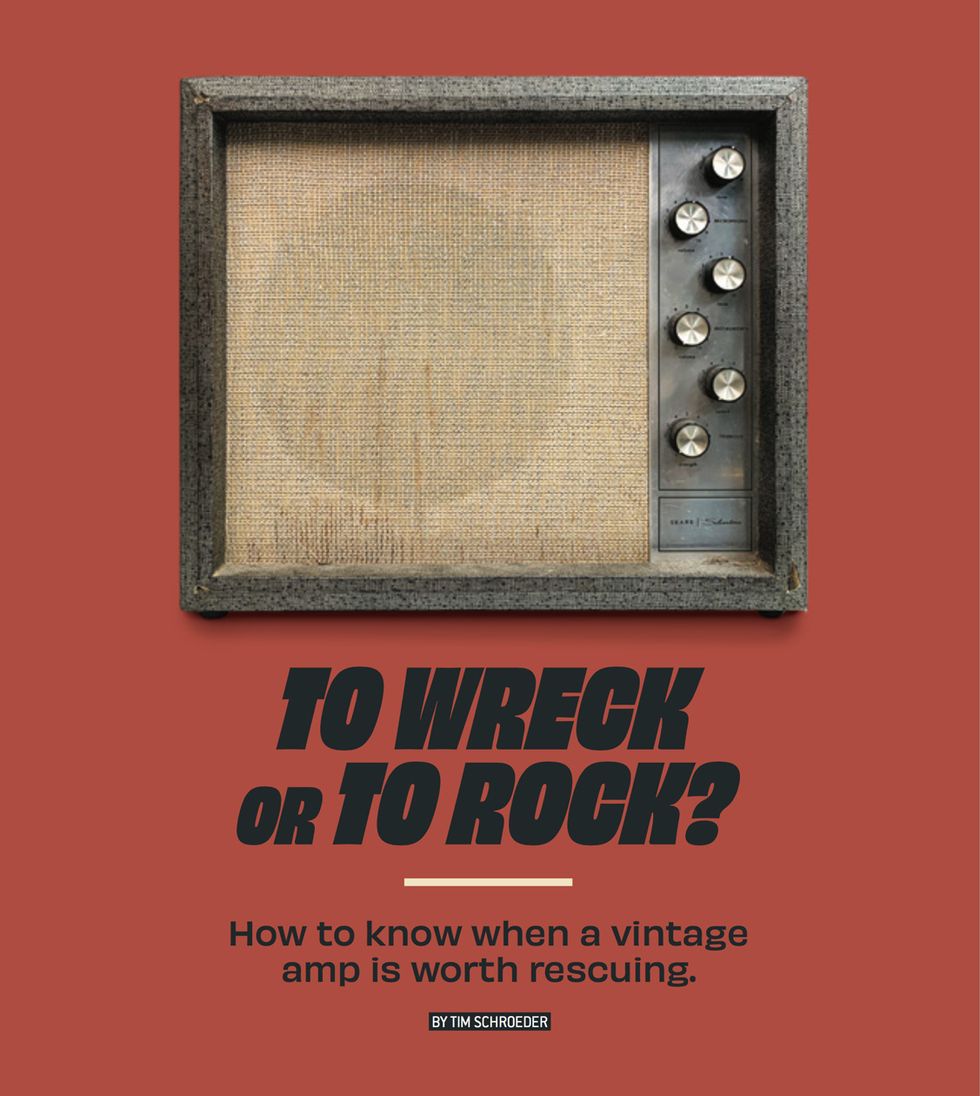
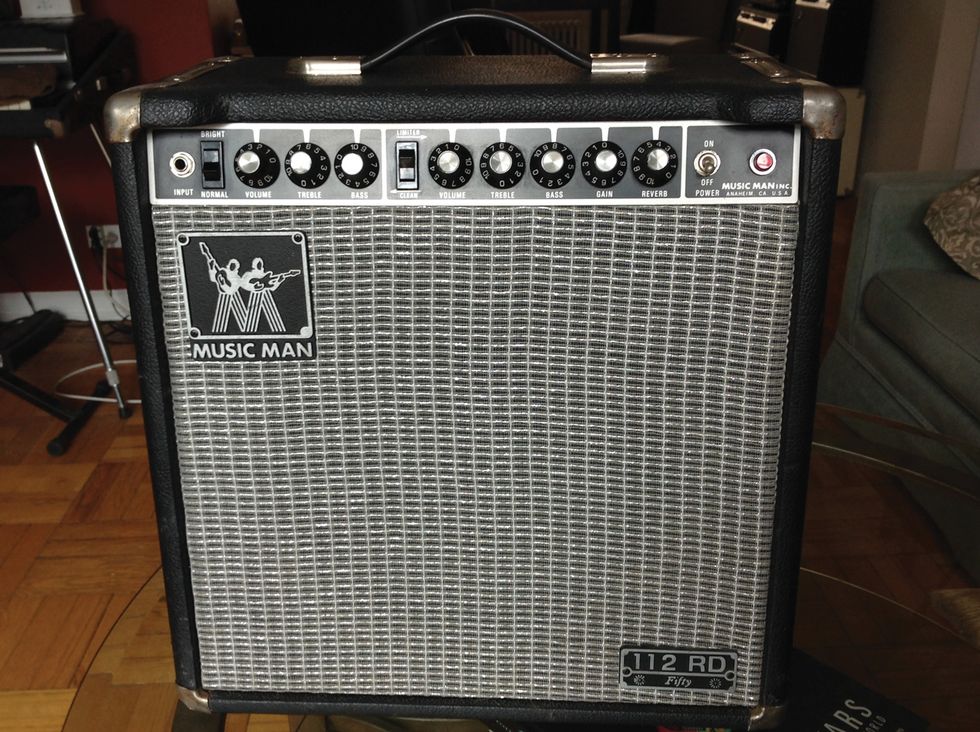
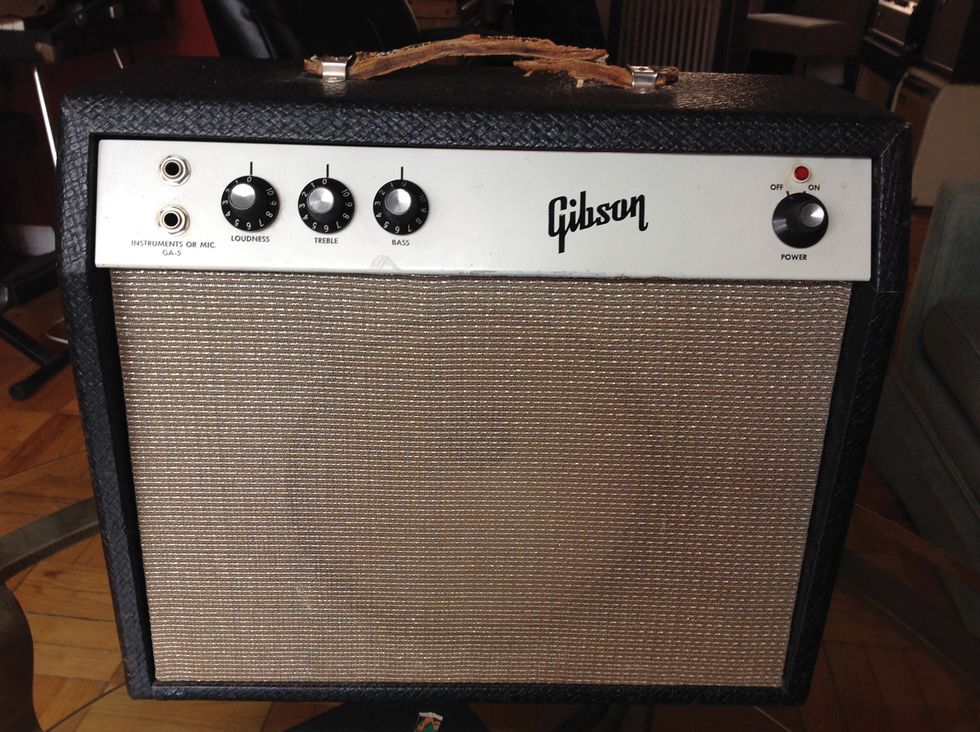
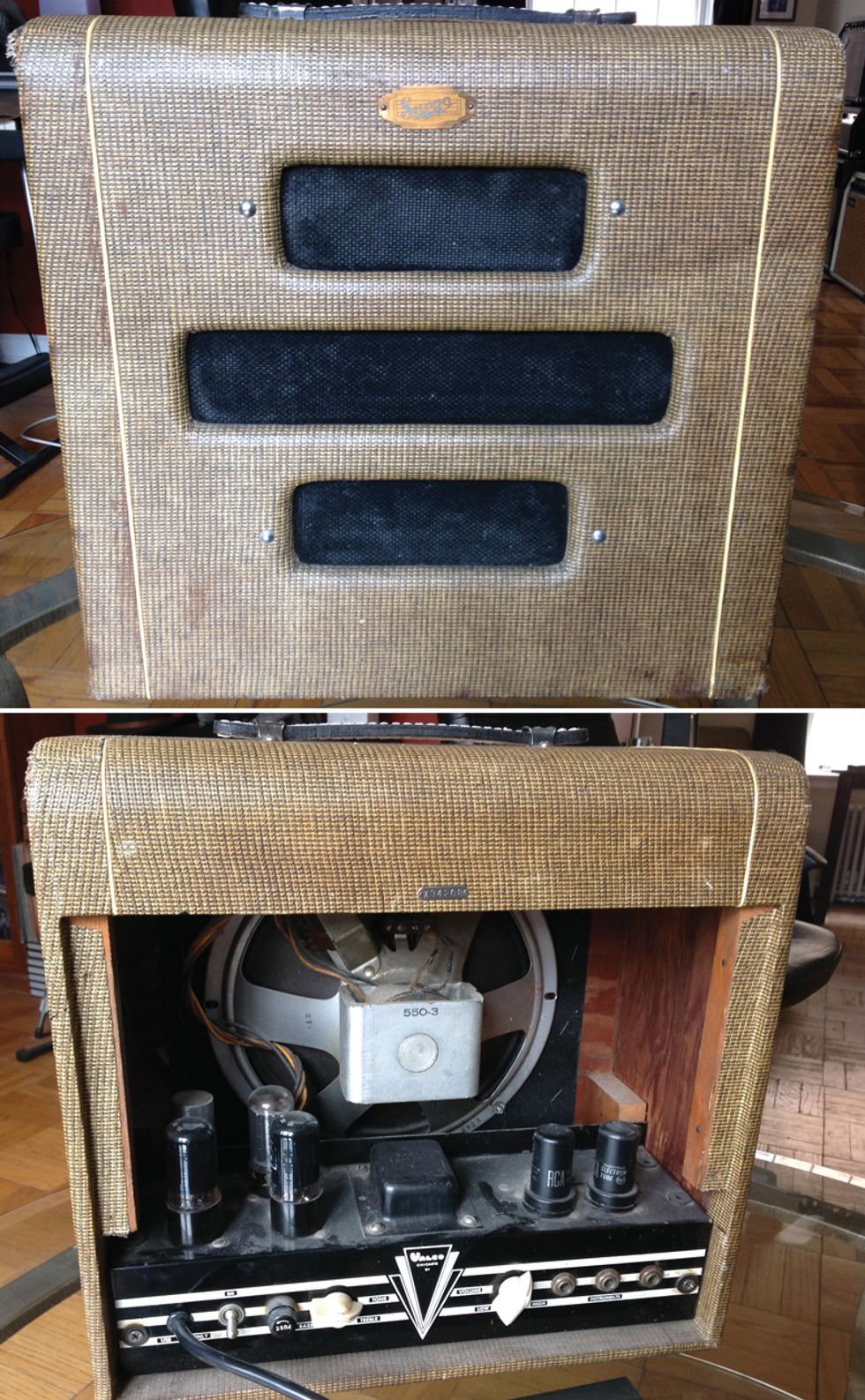
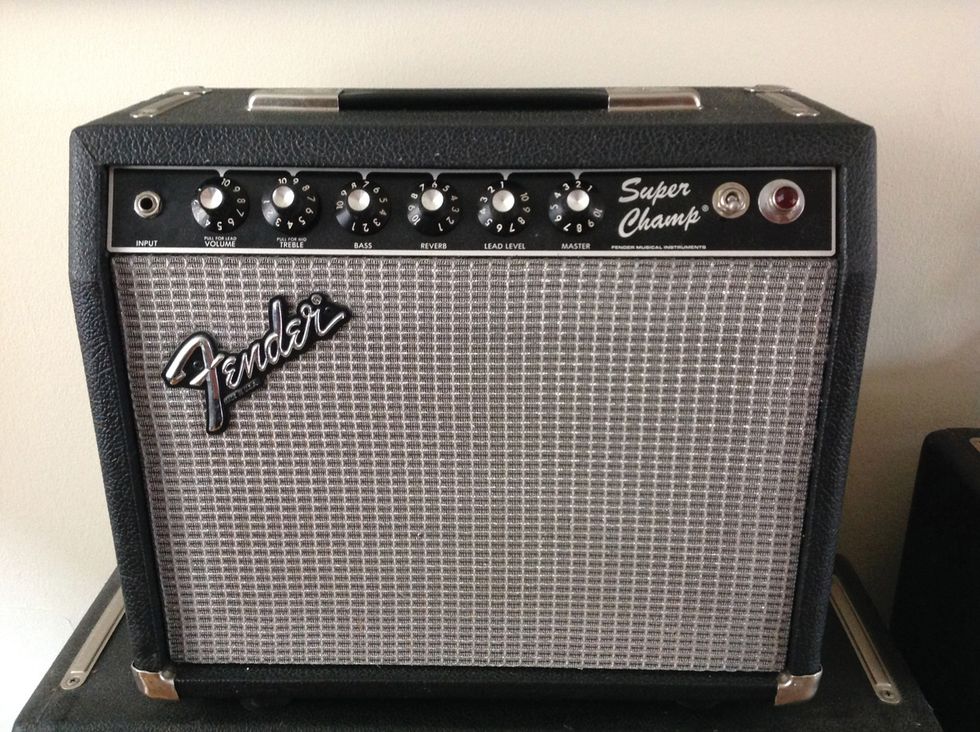
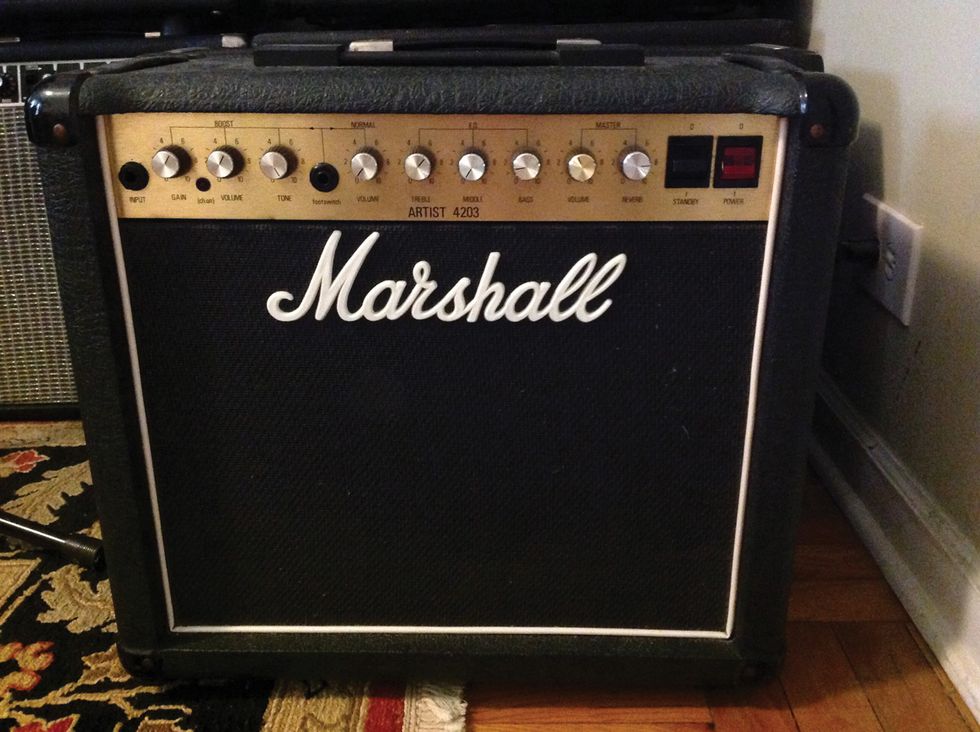
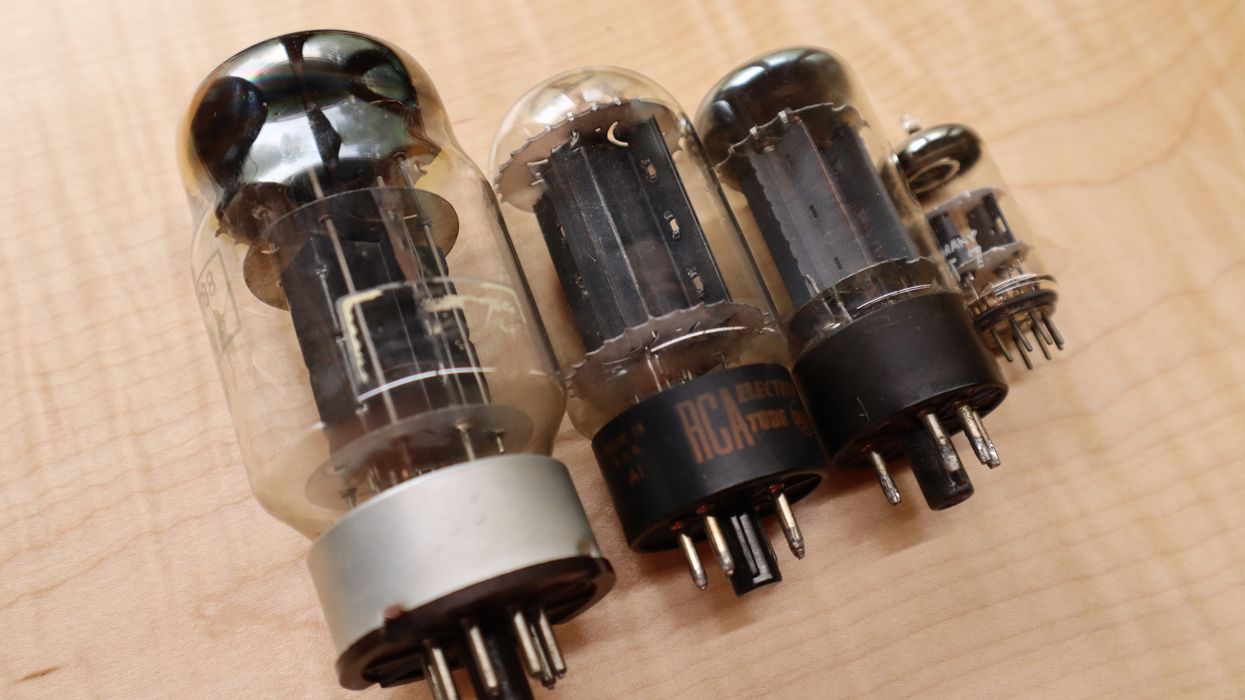
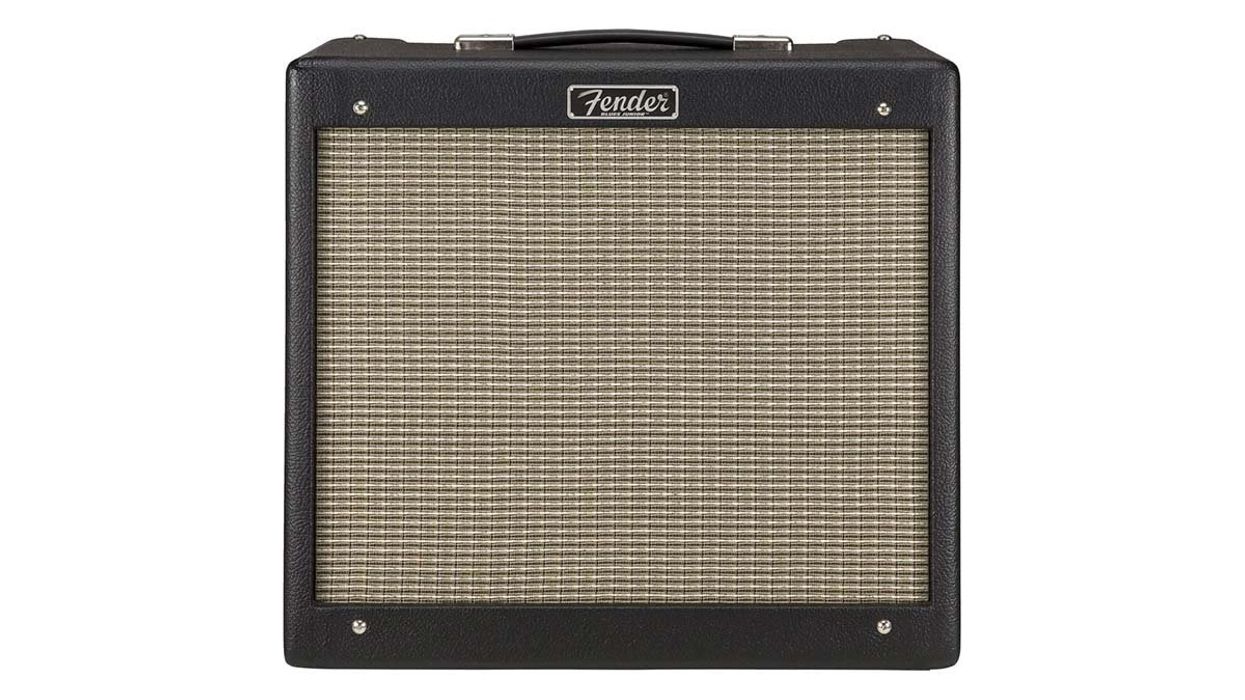
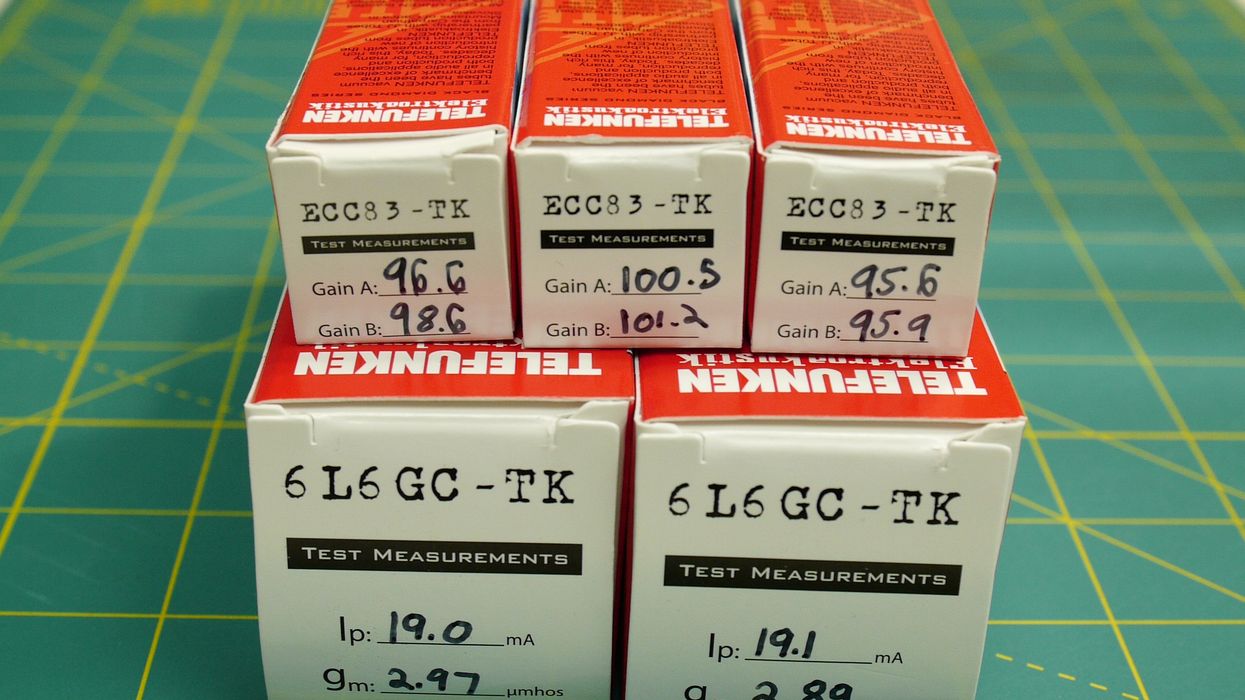
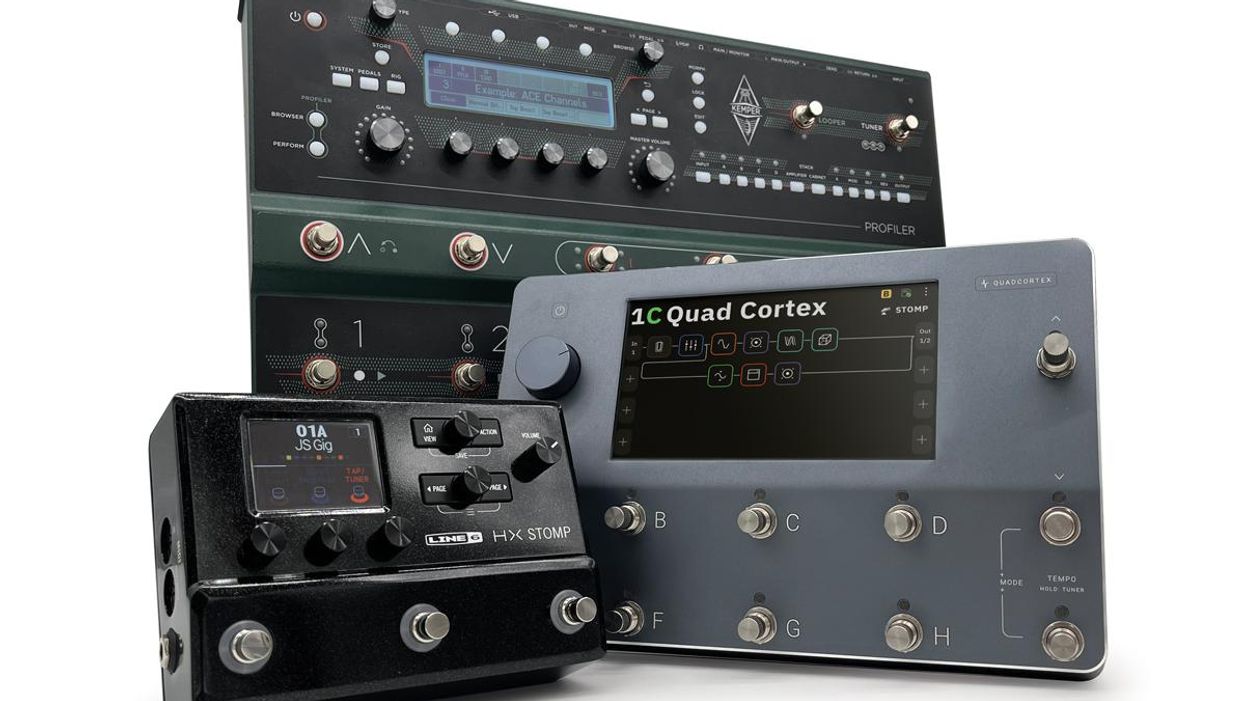
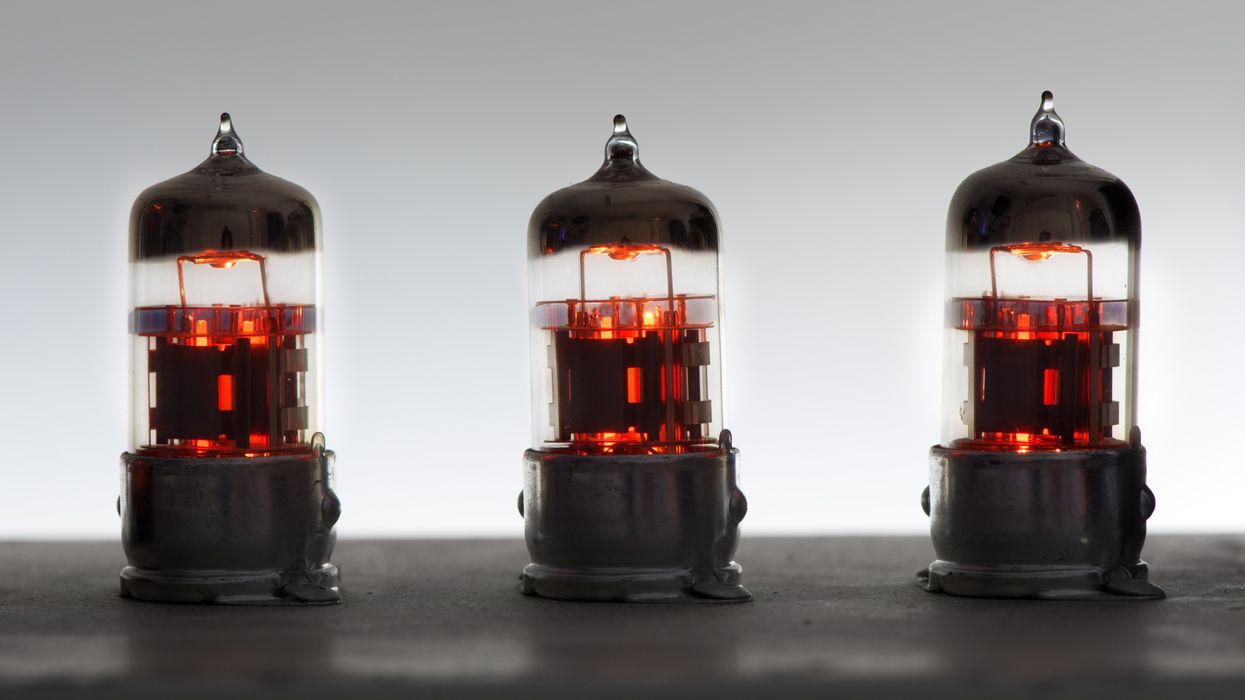
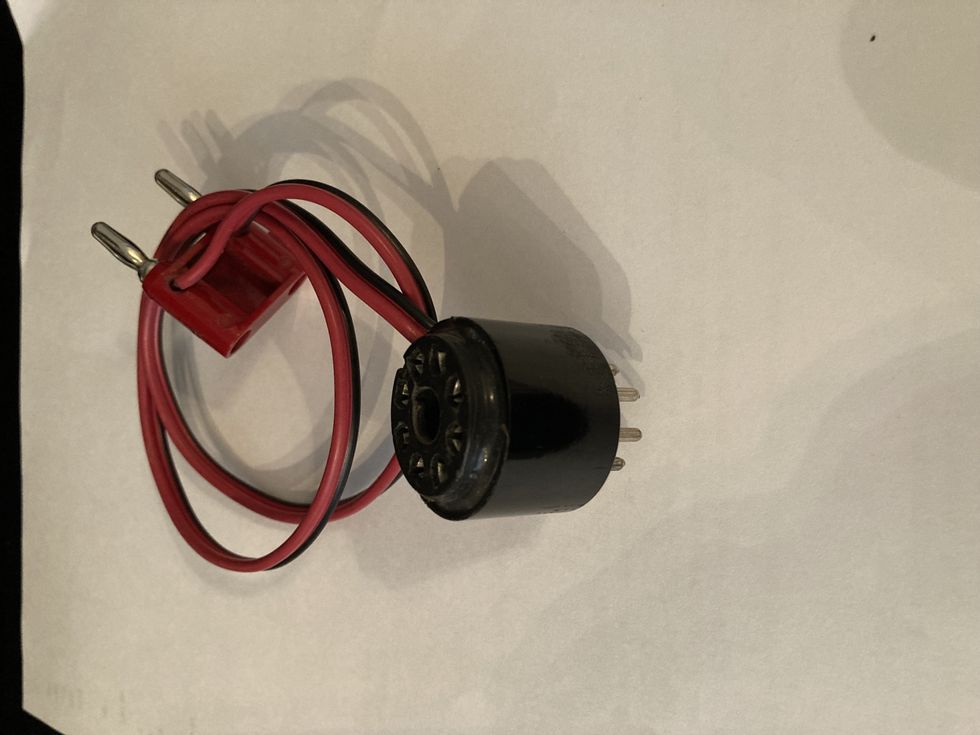
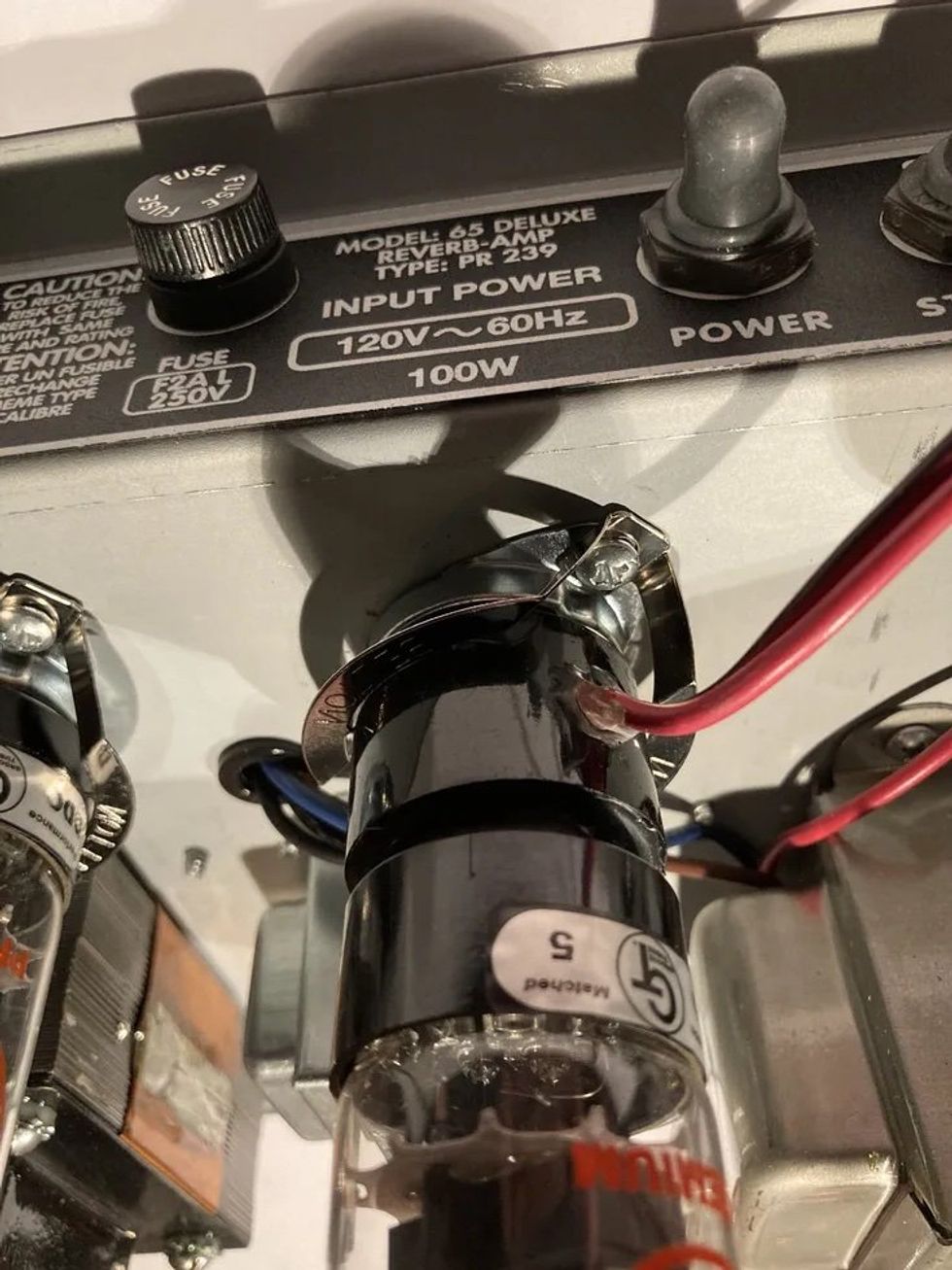
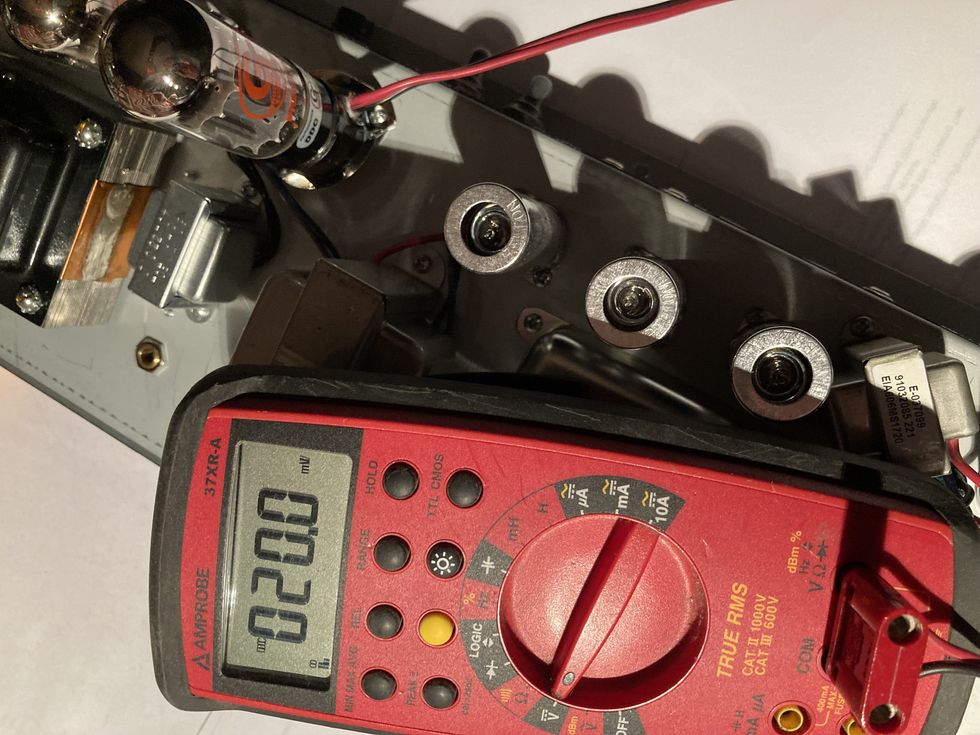
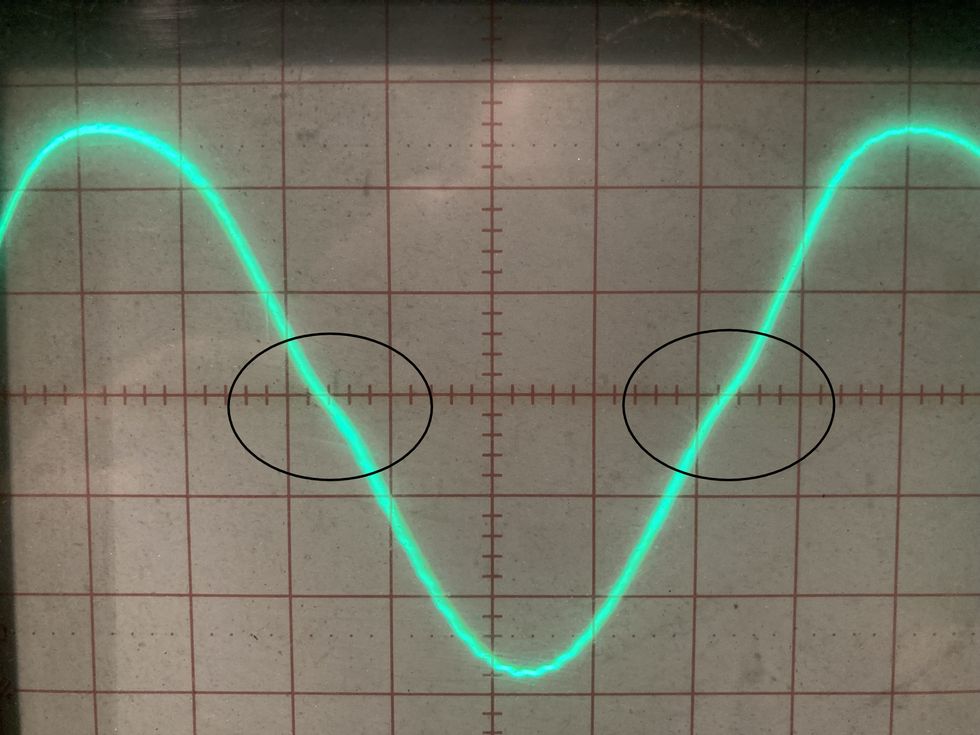
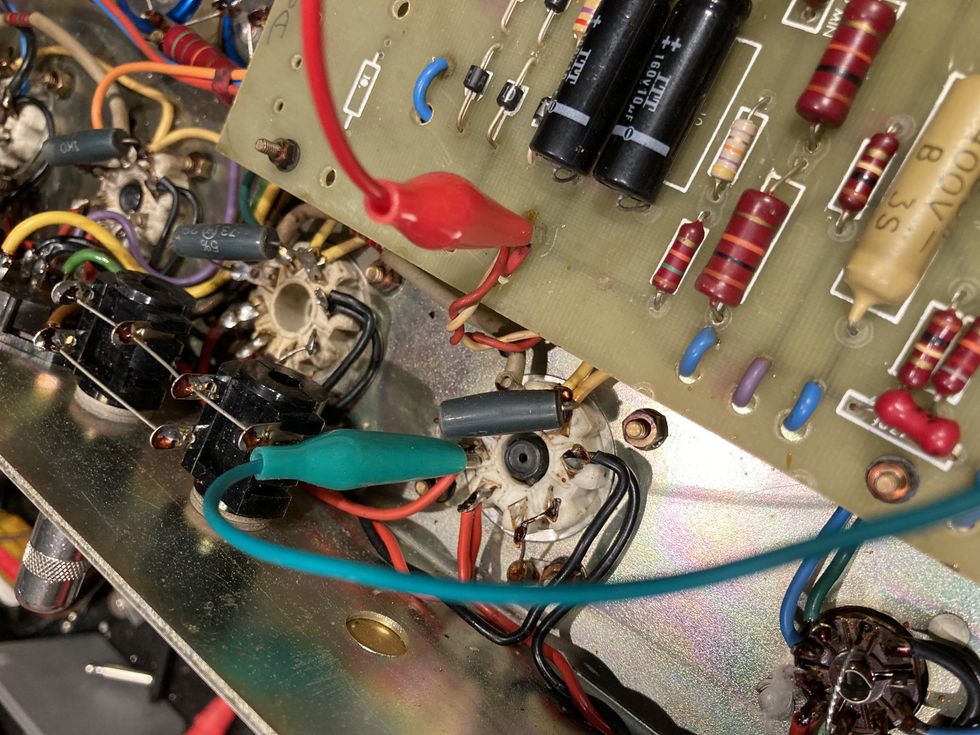




![Rig Rundown: Russian Circles’ Mike Sullivan [2025]](https://www.premierguitar.com/media-library/youtube.jpg?id=62303631&width=1245&height=700&quality=70&coordinates=0%2C0%2C0%2C0)

